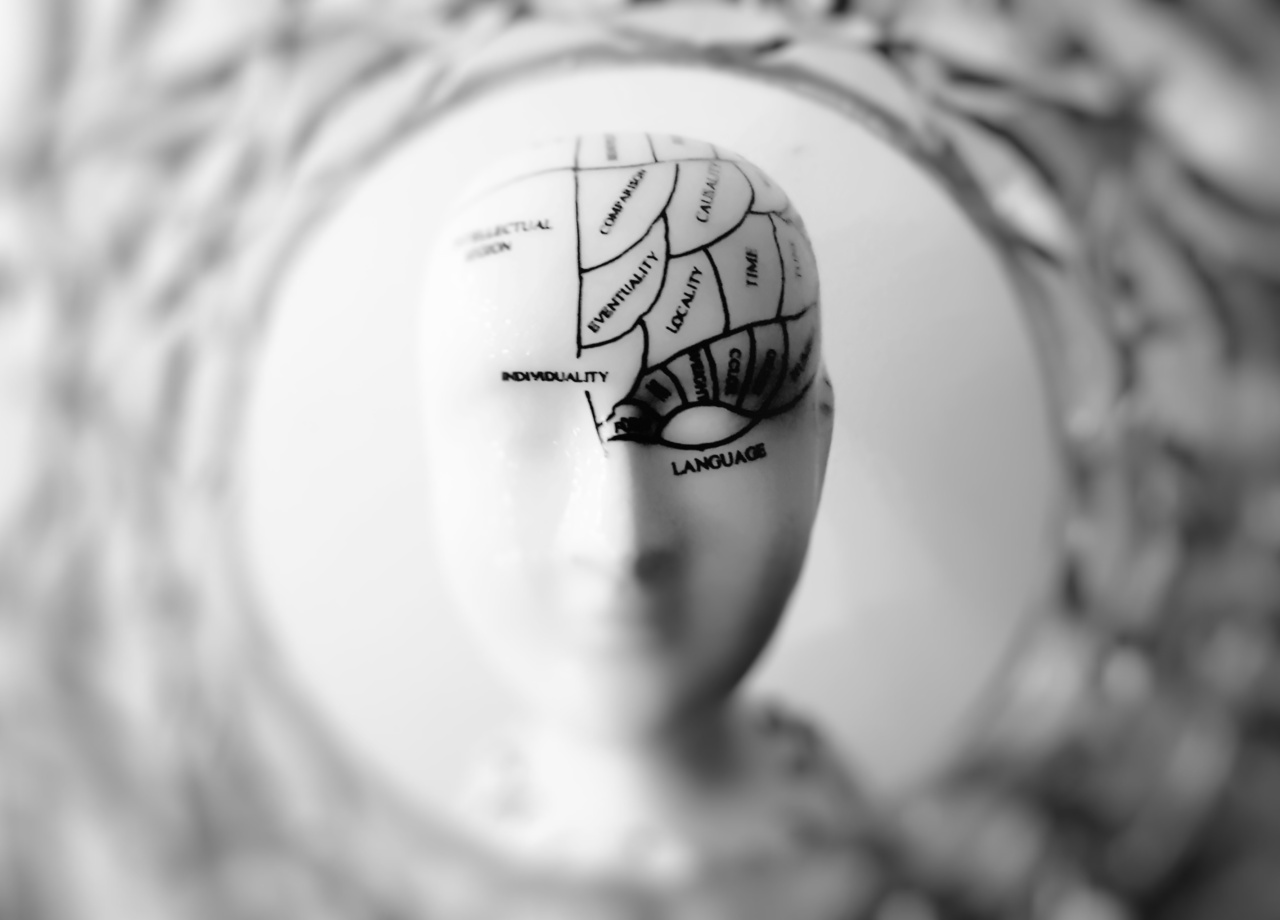A brain aneurysm is a type of cerebrovascular disorder characterized by the weakening of the walls of a blood vessel supplying blood to the brain. This condition is also known as a cerebral aneurysm or intracranial aneurysm.
Brain aneurysms occur in different parts of the brain and vary in size. Some aneurysms do not cause any symptoms, while others can result in a stroke or other life-threatening conditions if they rupture.
Causes of Brain Aneurysms
There are different types of brain aneurysms, and the cause of each can differ. However, some general factors contribute to the development of aneurysms. They include:.
Genetic Predisposition
A family history of brain aneurysms increases the chance of developing one. Some genetic diseases that damage blood vessels in the body may also increase the risk of developing brain aneurysms.
Smoking
Cigarette smoking and other tobacco products weaken the walls of the blood vessels and may increase the risk of developing an aneurysm.
Hypertension
High blood pressure damage blood vessels and contributes to the formation of brain aneurysms.
Head Trauma
Severe or repeated head trauma can damage blood vessels and lead to the formation of an aneurysm.
Types of Brain Aneurysms
There are different types of brain aneurysms depending on their location and shape:.
Saccular Aneurysms
These aneurysms are the most common type and usually develop at the base of the brain in areas known as the circle of Willis. They are spherical in shape and have a neck that connects them to the arteries.
Fusiform Aneurysms
These aneurysms are less common and are elongated in shape. They develop along the walls of the arteries and can increase in size over time.
Mycotic Aneurysms
These aneurysms result from bacterial infections that affect the walls of the arteries. They can be life-threatening if they rupture and require immediate treatment.
Symptoms of Brain Aneurysms
Brain aneurysms may not cause any symptoms until they rupture. However, some people may experience symptoms before a rupture. Some of these symptoms include:.
Headaches
Severe, sudden headaches that are different from previous headaches or migraines.
Vision Changes
Blurred or double vision or loss of vision in one or both eyes.
Speech Problems
Difficulty speaking or slurred speech.
Balance Problems
Dizziness or difficulties with balance or walking.
Loss of Consciousness
Fainting or loss of consciousness.
Treatment Options
Treatment for a brain aneurysm aims to prevent it from rupturing or treat it after a rupture. Some treatment options include:.
Endovascular Coiling
This is a minimally invasive procedure that involves inserting a catheter through the groin and using it to access the aneurysm. Once inside the aneurysm, the surgeon places a coil that blocks blood flow through it.
Surgical Clipping
This is a surgical procedure that involves making a hole in the skull and using a clip to close off the aneurysm from blood circulation.
Flow Diversion
This is a new technique that involves placing a stent-like device in the artery close to the aneurysm. The device diverts blood flow away from the aneurysm, allowing it to heal naturally.
Preventing Brain Aneurysms
Brain aneurysms are not always preventable, but some steps can reduce the risk of developing them:.
Avoid Smoking
Cigarette smoking and other tobacco products damage blood vessels and increase the risk of developing aneurysms.
Manage Hypertension
High blood pressure damages the walls of the blood vessels and contributes to the formation of aneurysms. Managing blood pressure through lifestyle changes and medication can help reduce the risk.
Eat a Balanced Diet
A diet high in fruits, vegetables, and whole grains can help improve the health of blood vessels and reduce the risk of developing aneurysms.
Exercise Regularly
Regular physical activity can help improve the health of blood vessels and reduce the risk of developing aneurysms.





























